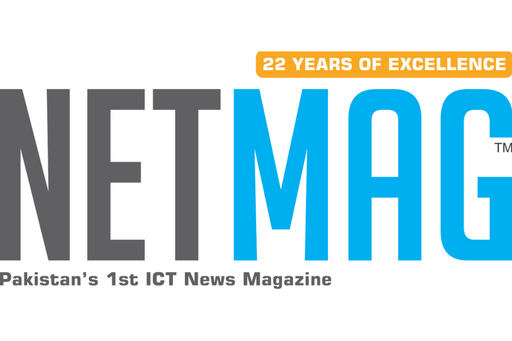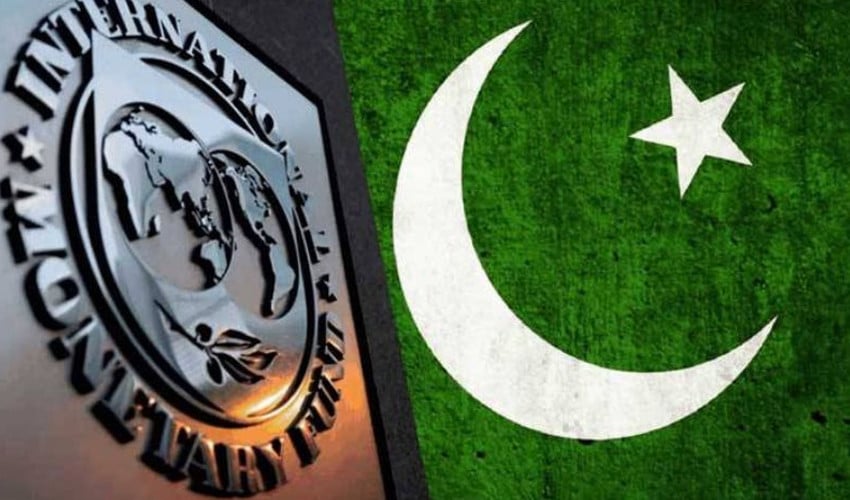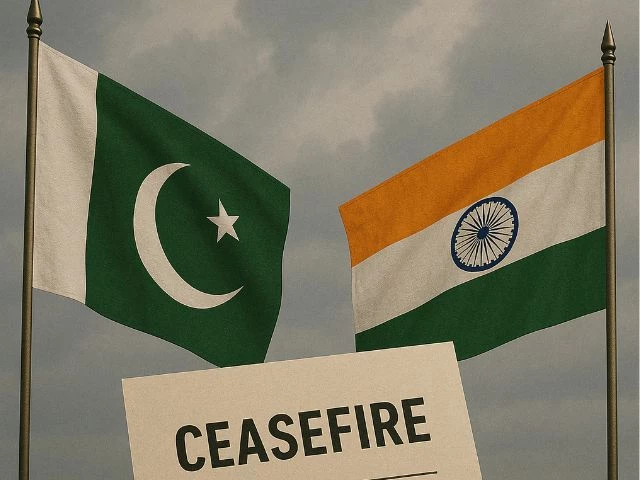The International Monetary Fund (IMF) Executive Board approved a much-anticipated $7 billion bailout package for Pakistan on Wednesday, marking a significant milestone in the country’s efforts to stabilize its struggling economy. The loan agreement, known as the Extended Fund Facility Arrangement (EFF), was finalized on July 12 between IMF staff and Pakistani authorities, spanning a period of 37 months. This financial assistance aims to support Pakistan’s ongoing economic reforms and bolster macroeconomic stability.
The Context Behind the IMF Bailout Package
Pakistan had been anxiously awaiting the approval of this IMF loan, as the country is grappling with a severe economic crisis, characterized by rising inflation, a widening fiscal deficit, and dwindling foreign exchange reserves. Over the past several months, Pakistan’s economy has faced multiple challenges, including a steep depreciation of the Pakistani rupee, increased debt servicing costs, and a surge in global energy prices, which put immense pressure on the national economy.
In light of these economic difficulties, Pakistan’s government sought urgent financial support from the IMF to stabilize the economy and prevent default on international obligations. The bailout package was seen as essential to restoring investor confidence, securing external financing, and ensuring the country’s ability to meet its financial commitments.
The new loan package is designed to provide relief in the short term while supporting the country’s long-term economic objectives through a series of structural reforms.
Key Objectives of the IMF Bailout
The IMF, in its statement at the time of the staff-level agreement, highlighted several key objectives of the $7 billion loan program:
- Macroeconomic Stability: The primary goal of the bailout is to help the Pakistani government cement macroeconomic stability by addressing fiscal imbalances, controlling inflation, and stabilizing the exchange rate. This will lay the groundwork for sustainable growth in the future.
- Strengthening Fiscal and Monetary Policies: To support this stabilization effort, the program includes steps to enhance both fiscal and monetary policies. These include fiscal discipline, improving revenue collection through broadening the tax base, and better public spending management.
- Reforms in State-Owned Enterprises (SOEs): The program emphasizes the importance of reforming Pakistan’s SOEs, which have been a major drain on public finances. The IMF has urged the government to improve the management of these enterprises, reduce inefficiencies, and enhance their accountability.
- Promoting Inclusive Growth: The loan is designed not just to stabilize the economy but also to promote more inclusive and resilient growth. The IMF has stressed the need to enhance human capital, strengthen competition, and create a level playing field for domestic and international investment.
- Scaling Up Social Protection Programs: One of the key elements of the bailout package is scaling up social protection measures, particularly through the Benazir Income Support Program (BISP). The IMF has recommended increasing the generosity and coverage of this program to support vulnerable populations in Pakistan, ensuring that the most disadvantaged segments of society are protected during times of economic hardship.
Why Pakistan Was Anxiously Awaiting the Bailout
Pakistan’s economy has been on a downward spiral for several years, exacerbated by external factors such as the COVID-19 pandemic, the Ukraine-Russia war, and surging global commodity prices. These challenges left the country with ballooning debt, rising inflation, and a severe balance of payments crisis.
Before the IMF deal, Pakistan’s foreign exchange reserves had plummeted to alarming levels, barely covering a few weeks’ worth of imports. The fear of default loomed large, as the country struggled to meet its international debt obligations. Additionally, the depreciation of the rupee against the dollar worsened inflation, making it increasingly difficult for ordinary citizens to afford basic goods.
Also Read:
IMF Urges Pakistan to Impose 45% Tax on Agricultural Income
Given this dire situation, the Pakistani government had been under immense pressure to secure the IMF bailout as it would not only provide immediate relief but also unlock additional financial aid from other international lenders and bilateral partners. Without the IMF’s approval, Pakistan would have faced significant challenges in attracting foreign investment and regaining access to global capital markets.
The IMF’s involvement was seen as a vote of confidence in Pakistan’s reform efforts, signaling to global financial institutions and investors that the country was committed to addressing its economic challenges. The government’s economic team, led by Finance Minister Ishaq Dar, had been engaged in extensive negotiations with the IMF to finalize the terms of the bailout, which was ultimately approved after much deliberation.
The Road Ahead: Implementation of Reforms
With the IMF package now in place, the Pakistani government will need to focus on implementing the agreed-upon reforms. The success of the bailout program depends largely on the government’s ability to carry out difficult reforms in areas such as taxation, energy pricing, and SOE management. The IMF will closely monitor Pakistan’s progress, disbursing the loan in tranches based on the successful implementation of these measures.
One of the biggest challenges will be managing the political and social backlash to austerity measures, particularly those that involve increasing taxes, cutting subsidies, or raising utility prices. However, these steps are seen as necessary to restore fiscal discipline and reduce Pakistan’s reliance on external borrowing.
Final Thoughts
The IMF’s approval of the $7 billion bailout package represents a crucial lifeline for Pakistan’s economy at a time of severe financial distress. While the loan will provide short-term relief and help stabilize the economy, the success of the program ultimately hinges on the government’s commitment to implementing structural reforms. As Pakistan navigates this challenging period, the focus will be on maintaining economic stability, protecting vulnerable populations, and laying the foundation for long-term, inclusive growth.




